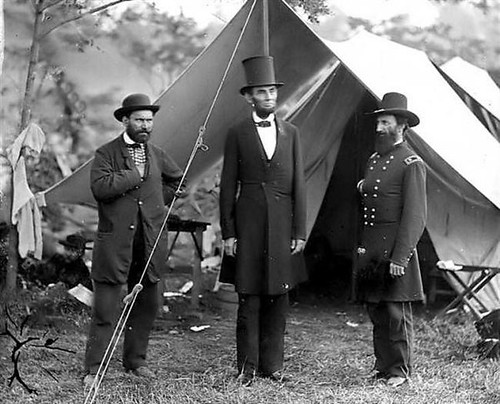Happy Halloween!
Posted by Shirley Twofeathers in creepy, Halloween
Surfing the net for crazy wierd stuff.
Posted by Shirley Twofeathers in mummy

The mummy Nesikhonsu A is a supreme example of 21st Dynasty (c. 1070-945 B.C.) embalming. Her body was molded to retain a lifelike form, stones were inlaid under her eyelids, and flowers were wrapped around her toes. Like most ancient Egyptians, this wife of a pharaoh died young. But her body was prepared for a glorious afterlife. 
Djedptahiuankh also dates to the 21st Dynasty. His body cavity was packed with lichen, his mouth filled with sawdust, and sculpted stone eyes were inserted under his half-closed lids. 
Like other 21st Dynasty mummies, Nesitanebetashrua A was painted with yellow ochre. The inscription on her coffin indicates she was a priestess, and the quality of her embalming reflects her high status. 
The Egyptologist who unwrapped "Lady Rai" called her "the most perfect example of embalming that has come down to us from the ... early 18th Dynasty, or perhaps even of any period." Her beautifully braided hair was protected in its own bandages. 
Seti I, like his father Rameses I, was a great military leader and powerful pharaoh of the 19th Dynasty (c. 1319-1196 B.C.). Tomb robbers severed the mummy's head from its body, but Seti I's expressive face remained unharmed.
Rameses II ("the Great") may be the most famous of all Egyptian kings. He reigned for 67 years and lived well into his 80s. By the time of his death, he suffered from severe arthritis, arteriosclerosis, and abscesses in his teeth. 
Scholars debate her identity but agree that the mummy known as "The Elder Woman" lived some 3,600 years ago. Tomb plunderers battered her body, perhaps in a search for precious amulets wrapped near her heart. 
Rameses V reigned for only five years during the 20th Dynasty (c. 1196-1070 B.C.). He died in his early 30s, and a possible reason for his premature death is evident on his mummy, which is scarred on the face, neck, and chest by smallpox.

Countless mummies have been destroyed by tomb raiders seeking treasures within their linen wrappings.
source: pbs.org
Posted by Shirley Twofeathers in birds, rare
Posted by Shirley Twofeathers in animals, wierd
Posted by Shirley Twofeathers in animals, scary
Posted by Shirley Twofeathers in people, places

Abraham Lincoln, October 3, 1862 on the Battlefield of Antietam. This is perhaps the best outdoor portrait of Lincoln. He is shown standing next to Allan Pinkerton (Left) and General McClernand (Right).
The Battle of Antietam was the bloodiest day in American History. There were 23,000 casualties in one day . . . four times the casualties suffered during the D-Day invasion. The Battle of Antietam was one of the defining moments in American History.
In the fall of the year 1862, Abraham Lincoln had become desperate for a victory in the Civil War. Up to that time, the South had achieved victory after victory. Bull Run, Wilson's Creek, and Shiloh had all been convincing victories for the South. Abraham Lincoln realized that if the North did not achieve a victory soon, the survival of the Union would be in doubt. This led Abraham Lincoln to look to God and make an offer . . . Lincoln prayed that if God would grant him victory on the battlefield, he would free the slaves.
Slavery had haunted Lincoln for some time. He fully realized the cruelty and brutality of this corrupt institution, but he did not have the strength to stand up against it. Desperate for a victory, he made the deal with God. Shortly after this, he received news of McClellan's success at Antietam. Despite devastating losses, McClellan was able to drive Lee out of Maryland, and back into Virginia. The battle of Antietam was fought on September 17, 1862. On September 22, 1862 Abraham Lincoln honored the promise he made to God, and issued the Emancipation Proclamation.

